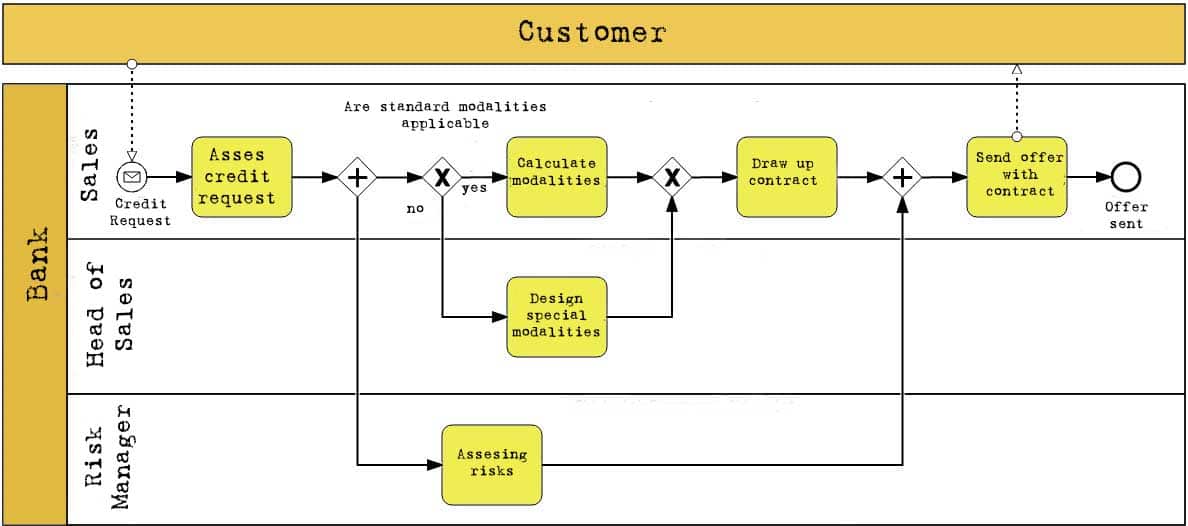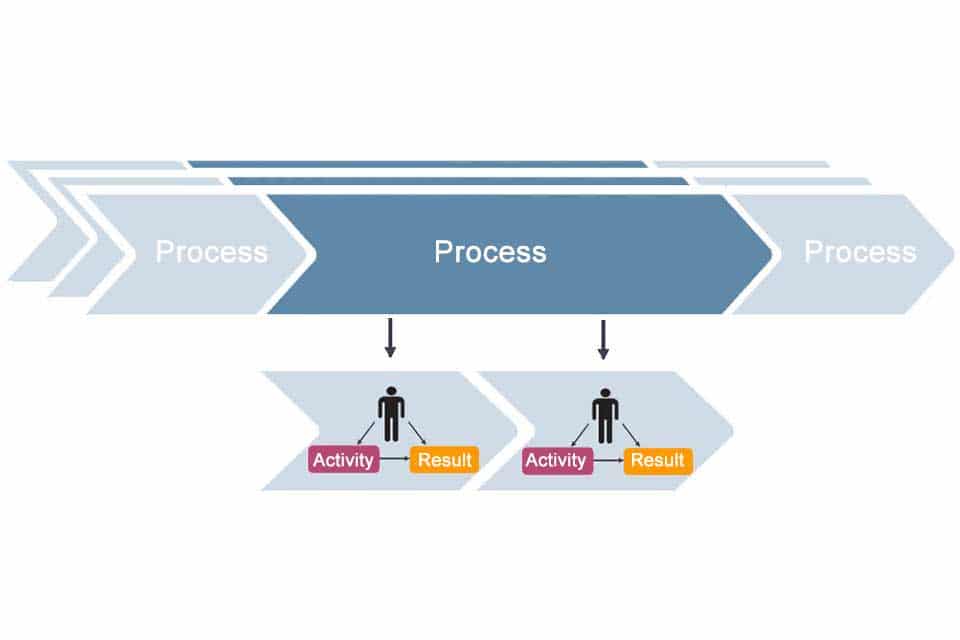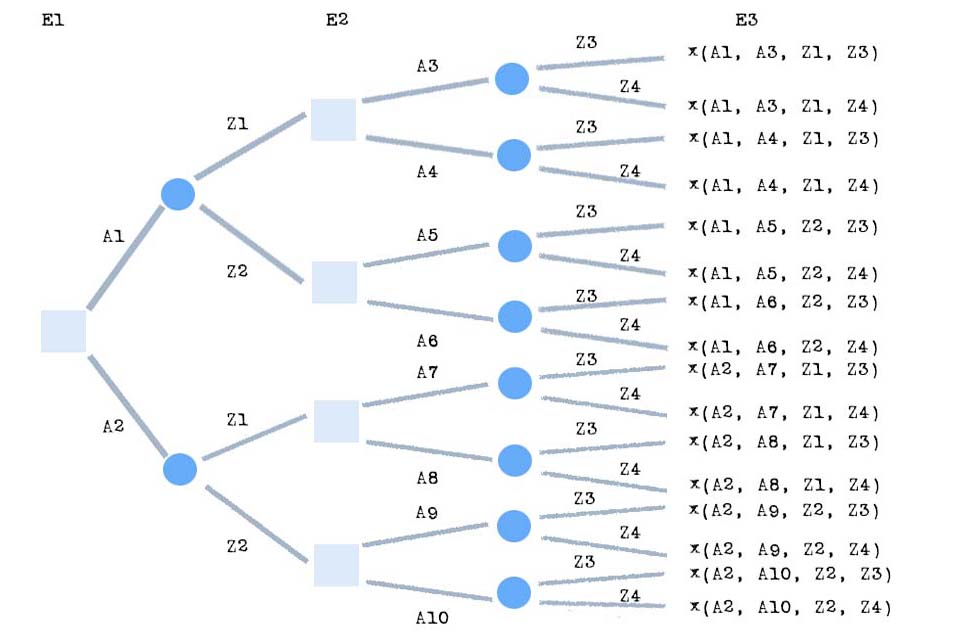What is BPMN?
Smartpedia: BPMN (Business Process Model and Notation) is a graphical specification language for describing business processes, workflows and work procedures.
BPMN – a graphical language for processes and procedures
BPMN is an acronym for Business Process Model and Notation. It is a graphical specification language for the description of business processes, workflows and procedures. Until the release of version 2.0 of the Object Management Group (OMG) in 2011, BPMN was still referred to as Business Process Modeling Notation. BPMN 2.0 is a recognised standard for business process modeling with a comprehensive selection of business process diagram symbols and is considered the counterpart to the Unified Modeling Language (UML) used in software development. In 2014, BPMN was enhanced with a method for graphing decision processes called Decision Model and Notation Standard to support decision process modeling.
BPMN diagram elements
The BPMN 2.0 knows the following diagram elements:
- Events such as starting, changing or completing processes. They are represented as circles and can be classified according to their position in the business process as start, intermediate and end events, according to their effect as throwing or catching or according to their type, e.g. in timer, message or exception events.
- Activities describe tasks that are performed by a person or a system. They are represented as rectangles with rounded corners and can be described in more detail with sub-processes, loops, compensations and instances.
- Gateways are decision points that can adjust the path by conditions or events. They are represented as rhomboids and can be inclusive, exclusive, parallel, complex, event-based, exclusive event-based and parallel event-based.
Events, activities and gateways are also called flow objects.
- Sequence flow as determination of the sequence of activities to be performed. It is displayed as a line with an arrow and can display a standard flow or a conditional flow.
- Message flow as a mapping of messages and their flow within or outside a pool. It is represented as a dashed line with a circle at the beginning and an arrow at the end.
- Association as a relationship between an event, activity, or access to an artifact. It is represented as a dotted line.
Sequence flow, message flow and association are also called connecting objects.
- Pool as a representation of the main participants in a process, such as departments, company areas, or entire companies.
- Swimelane as a representation of the areas of responsibility within a pool with activities and flows.
- Artefact as a way to document additional information and details. A distinction is made between data objects, groups and annotations.
There are different execution languages that can be used to execute private, abstract or collaborative business processes using software. The Business Process Excecution Language (BPEL), BPEL4WS (BPEL for Webservices) and the XML Process Definition Language (XPDL) are probably the best known representatives. Since many BPMN models are under-specified and abstract details, however, the execution succeeds clearly better in theory than in practice.
BPMN Tools
There is a variety of BPMN software available. Below you will find a list of tools, without claiming completeness and without rating:
- Signavio
- flying dog WORKFLOW
- SmartProcess von cwa
- ibo Prometheus
- BIC Process Design
- Camunda
- Lucidchart
- Cawemo
- ARIS Process Mining Elements
- ConSense
- iGrafx
- Bizagi Modeler
- MS Visio
- monday.com
- Zoho Creator
Of course, the list of tools can be extended.
Notes:
Here you will find additional information from our Smartpedia section:



